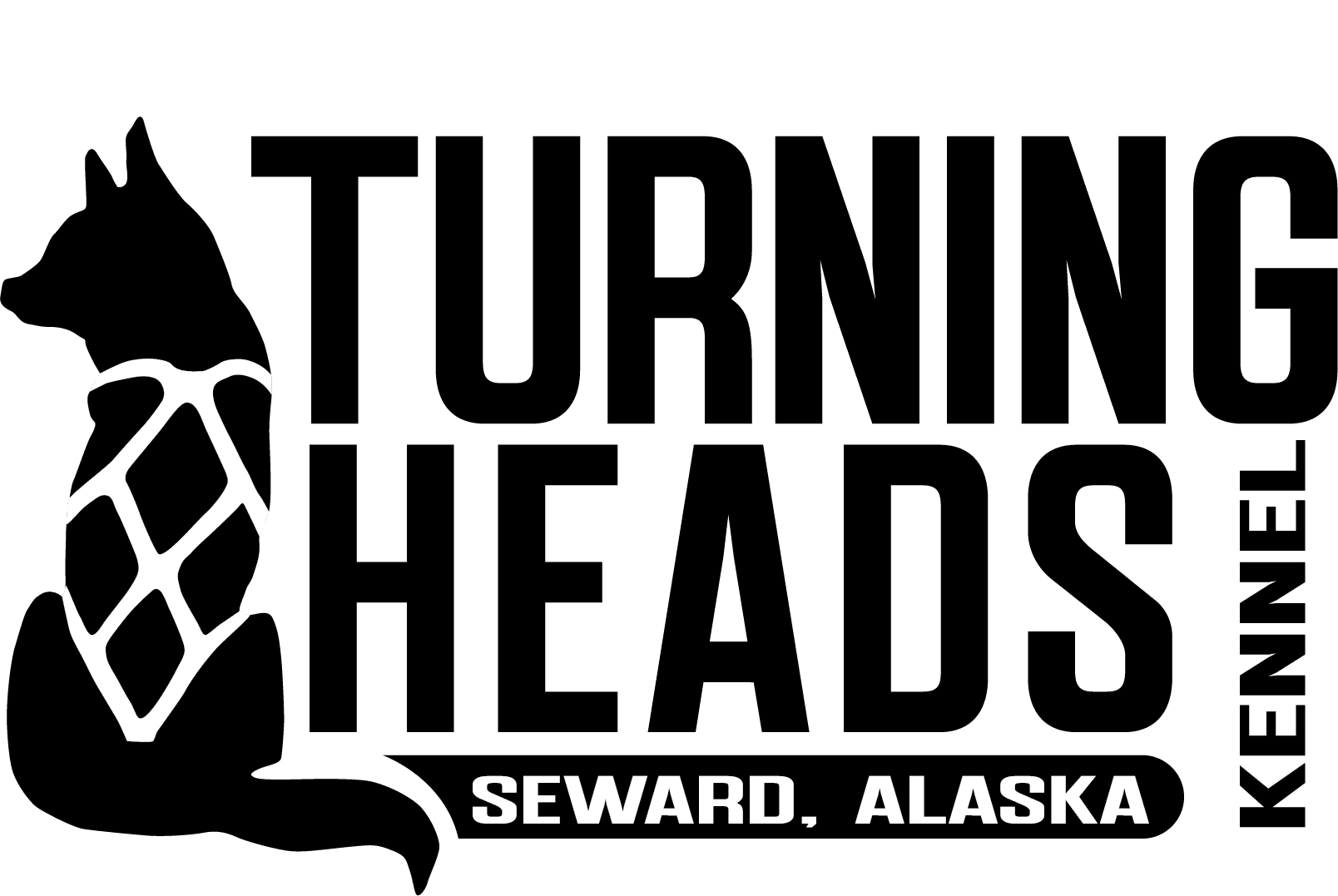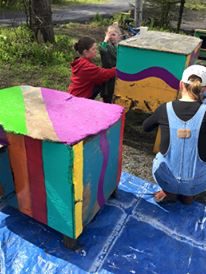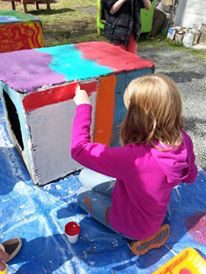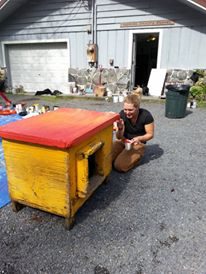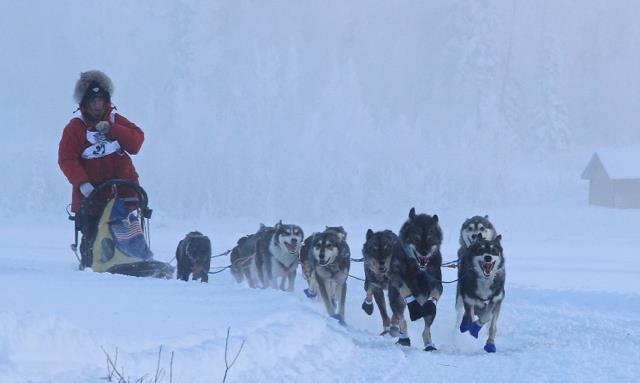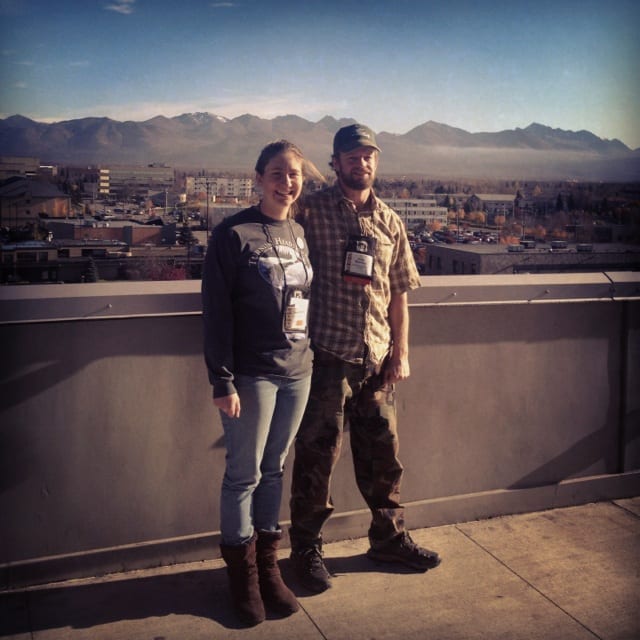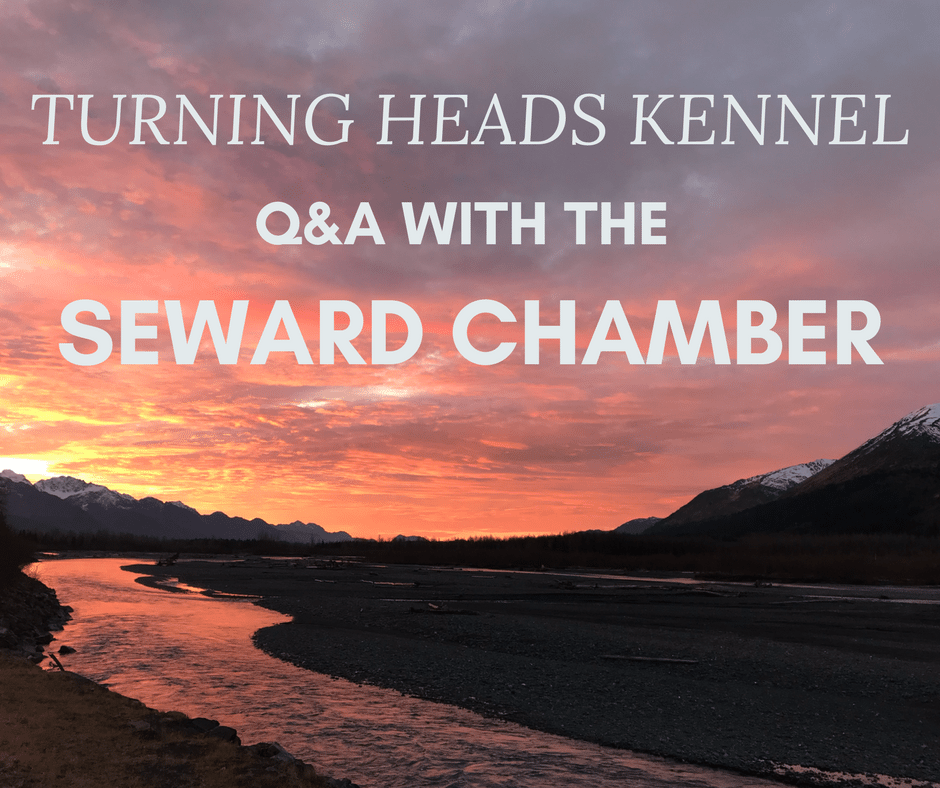
One of the truly wonderful things about living in Seward is our incredible local community. All our human food in our Iditarod food drops for the last several years have been donated by local Seward restaurants and organized by our friends, the Walker family. Our dogs eat the best dog food out there too.
Nothing has been sweeter than coming back to Seward after Travis Beals’ 9th place Iditarod finish to such a supportive community. Everywhere we go, people beam with pride and congratulate Travis!
Imagine our delight, when the Seward Chamber of Commerce reached out to us to be a member highlight. It was a lot of fun sitting down with their questions about our business. Learn about how we got started in our business, our most important business advice, and all about our dog sled tours!
Make sure you check out our Turning Heads Kennel Member Spotlight!
